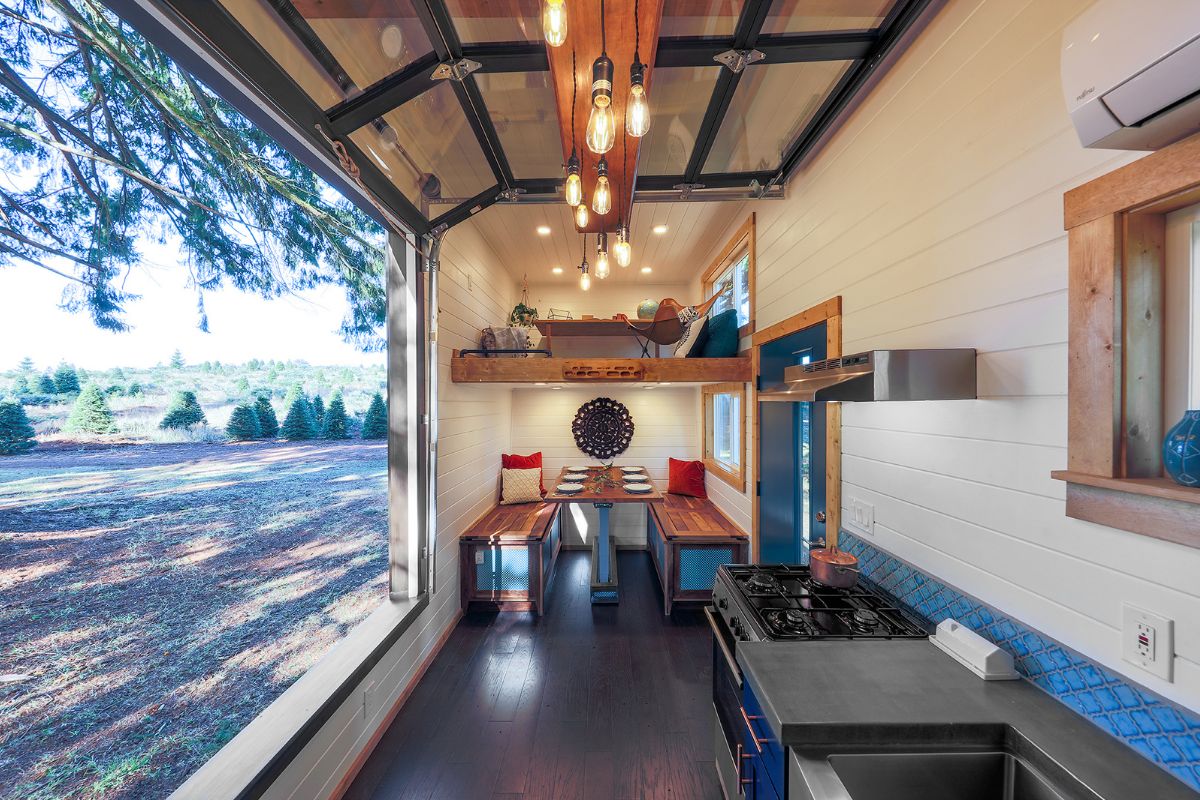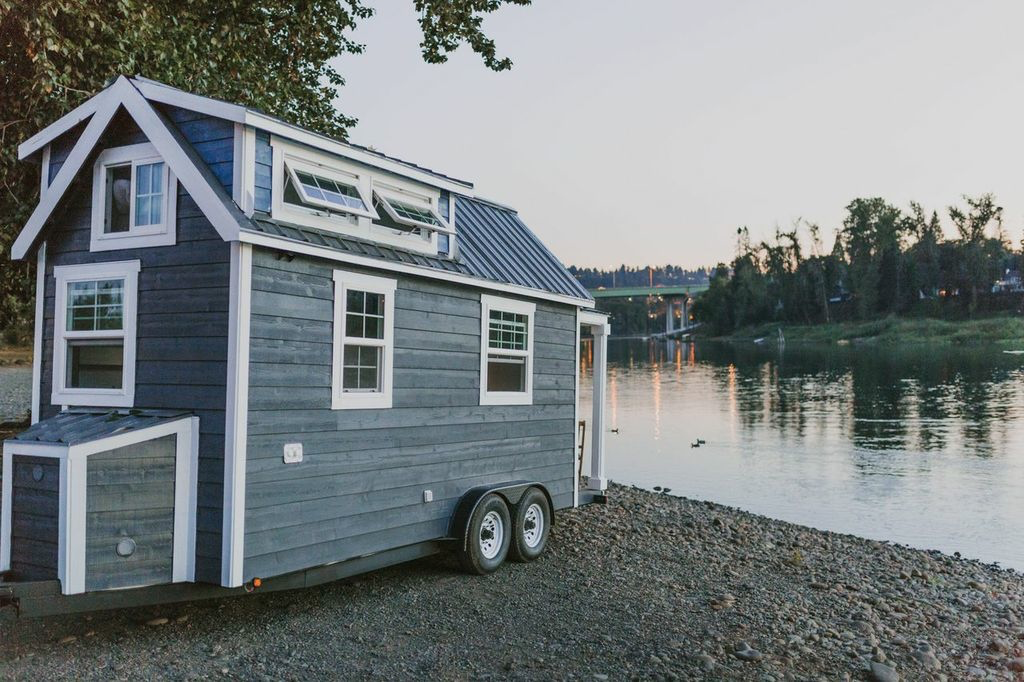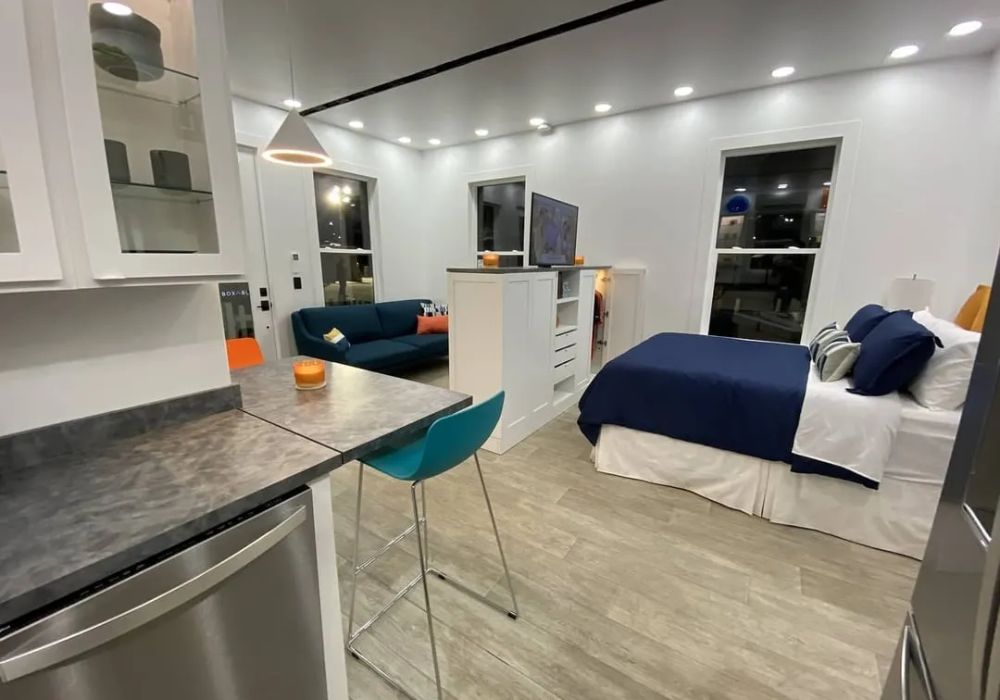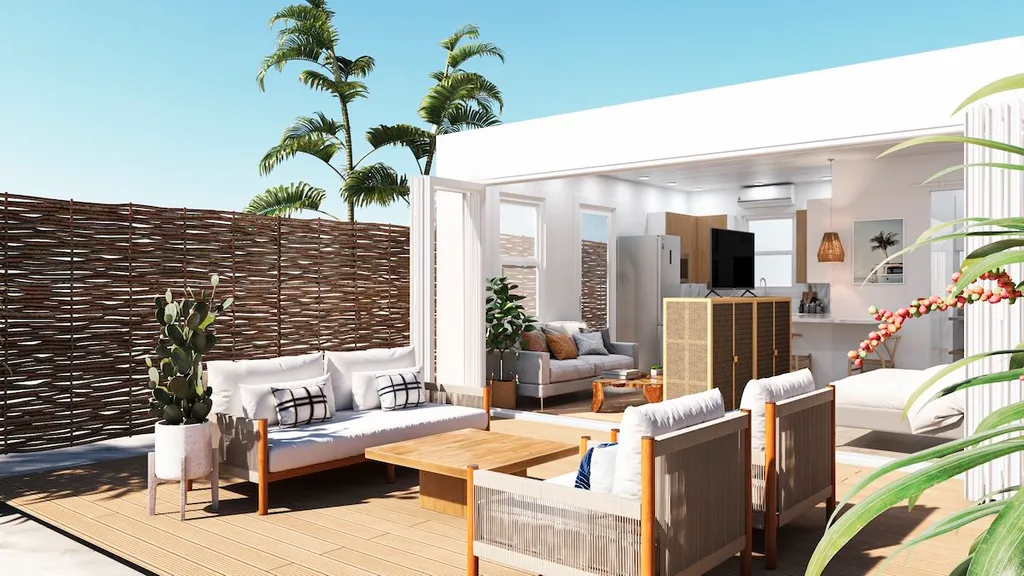To build your tiny house, start by defining your goals—think about your lifestyle, budget, and space needs. Next, choose the right location, considering zoning laws and daily conveniences. Design an efficient floor plan that incorporates multi-functional furniture and plenty of storage. Select sustainable materials that reflect eco-friendliness and durability.
Don't forget to obtain necessary permits to comply with local regulations. Once you have these steps outlined, you'll be ready to build the foundation and structure before personalizing your interior. Keep going, and you'll uncover more essential tips to make your tiny house dream a reality.
Key Takeaways
- Define your tiny house goals, including lifestyle preferences, space requirements, and budget constraints to guide your design process.
- Choose a suitable location by assessing daily needs, climate preferences, and local zoning laws for tiny house regulations.
- Design an efficient floor plan that incorporates spatial needs, an open layout, multi-functional furniture, and effective storage solutions.
- Select sustainable materials, such as reclaimed wood and natural insulation, to create an eco-friendly and healthy living environment.
- Obtain necessary permits by checking local regulations, identifying required permits, and ensuring compliance before starting construction.
Define Your Tiny House Goals
When you start planning your tiny house, it's vital to define your goals, as this will shape every decision you make throughout the process. Think about what you truly want from this lifestyle. Are you aiming for minimalism, sustainability, or financial freedom? Maybe you want to prioritize mobility or create a cozy retreat.
Write down these goals to keep them at the forefront of your planning. Consider your space needs: how many rooms do you require, and what functionalities are essential? Reflect on your budget, as it plays a significant role in your choices. By establishing clear goals, you'll not only streamline your design process but also guarantee your tiny house aligns with your values and lifestyle.

Choose the Right Location
Finding the right location for your tiny house is essential to making the most of your new lifestyle. Start by considering your daily needs, like access to work, groceries, and healthcare. Think about the climate you prefer; some areas offer year-round sunshine, while others provide seasonal changes.
Research local zoning laws and regulations to guarantee your tiny house fits the requirements. You'll also want to assess the land itself—look for flat, stable ground with good drainage. Proximity to nature can enhance your experience, so explore areas near parks or trails. Finally, visit potential locations at different times to get a feel for the community and environment. Your chosen spot will set the stage for your tiny house adventure!
Design Your Floor Plan
Once you've settled on the perfect location for your tiny house, it's time to focus on designing your floor plan. Start by determining your needs—how many rooms do you want, and what activities will take place in your space? Consider an open layout to maximize flow and natural light. Sketch out your ideas, keeping in mind the dimensions of your tiny house.
Think about multi-functional furniture; it'll save space and enhance usability. Don't forget to plan for storage; clever solutions like built-in shelves and under-bed storage can make a huge difference. Finally, visualize how you'll move through the space. A well-designed floor plan not only looks good but also feels good, making your tiny house a true home.

Select Sustainable Materials
Choosing sustainable materials is essential for building a tiny house that aligns with your eco-friendly values. Start by opting for reclaimed wood, which not only reduces waste but also adds character to your home. For insulation, consider natural options like sheep's wool or cellulose, as they're effective and eco-friendly. When it comes to flooring, bamboo or cork are great choices due to their rapid renewability.
Use non-toxic paints and finishes to guarantee a healthier living environment. Additionally, look for energy-efficient windows and appliances to minimize your carbon footprint. By selecting these materials, you're not just creating a beautiful tiny house; you're also making a positive impact on the planet. Your choices matter in building a sustainable future.
Obtain Necessary Permits
After selecting sustainable materials for your tiny house, the next step is to guarantee you've got all the necessary permits. Start by checking local zoning laws to see if tiny houses are allowed in your area. You may need a building permit, electrical permit, or plumbing permit, depending on your plans.
Reach out to your local building department to get the specifics. They can guide you through the application process and any required inspections. Don't forget to ask about any health and safety regulations, as these can vary considerably. It's vital to have all permits in place before you begin construction to avoid fines or delays. Being proactive now will save you time and stress later on!
Build the Foundation
As you begin on building your tiny house, laying a solid foundation is essential for guaranteeing its stability and longevity. Start by selecting a suitable site that's level and has good drainage. You'll have several foundation options, like a concrete slab, piers, or a trailer if you're going mobile. For a concrete slab, dig a trench, pour concrete, and install rebar for reinforcement.
If you're using piers, dig holes, set your piers, and verify they're level. Remember to check local building codes and regulations before you start. Once the foundation is set, let it cure properly before proceeding. This strong base will support your tiny home, providing the durability you need for years to come.
Construct the Structure
With your foundation securely in place, the next step is to construct the structure of your tiny house. Start by framing the walls using 2x4 lumber, ensuring they're plumb and square. Don't forget to incorporate window and door openings as you go. Once the walls are up, secure them to the foundation and each other. Next, install the roof trusses, which will support your roofing material.
Be mindful of the pitch you desire for both aesthetics and drainage. After framing, add sheathing to the walls and roof for insulation and structural integrity. Finally, wrap the exterior with a weather-resistant barrier to protect against moisture. This solid framework sets the stage for your tiny home's unique design and functionality.

Personalize Your Interior
Once you've laid the groundwork for your tiny house, it's time to infuse your personal style into the interior. Start by choosing a color palette that reflects your personality—soft pastels for a cozy vibe or bold hues for an energetic feel. Next, invest in multifunctional furniture; pieces that serve more than one purpose save space and enhance functionality.
Don't forget about lighting—select fixtures that create ambiance and highlight your design choices. Incorporate personal touches, like artwork or family photos, to make the space feel truly yours. Finally, use textiles, like throw pillows and rugs, to add warmth and texture. Remember, your tiny house should be a reflection of you, so let your creativity shine!
Conclusion
Building your tiny house can be an exciting journey filled with creativity and purpose. By defining your goals, choosing the perfect location, and selecting sustainable materials, you're setting a solid foundation for your dream home. Don't forget to personalize your space to reflect your unique style! With each step, you'll not only create a cozy living environment but also embrace a simpler, more intentional lifestyle. So roll up your sleeves, and start making your tiny house vision a reality!






Share: